Congress Ave Bats Feed on a Diverse Buffet of Insects
On warm summer evenings, as the hum of insects fills the air, it’s common to hear someone exclaim, “We could use some bats to handle
While conducting her Ph.D. thesis research, Bea Maas and her team (Maas et al. 2013) collected data that would surprise even her. When insect-eating bats and birds were excluded from cacao trees in Sulawesi, Indonesia, the crop yield fell by 31 percent. And when she compared losses due to night versus daytime exclusion, bats versus birds, she discovered that bats accounted for 22 percent of the prevented losses.
To obtain such data, Bea selected 15 plantations where she enclosed 120 cacao trees in 60 exclosures (like huge, mesh cages) constructed of nylon mesh. There were four exclosure treatments per plantation, one daytime, one nighttime, one day and night, and one always left open as a control.
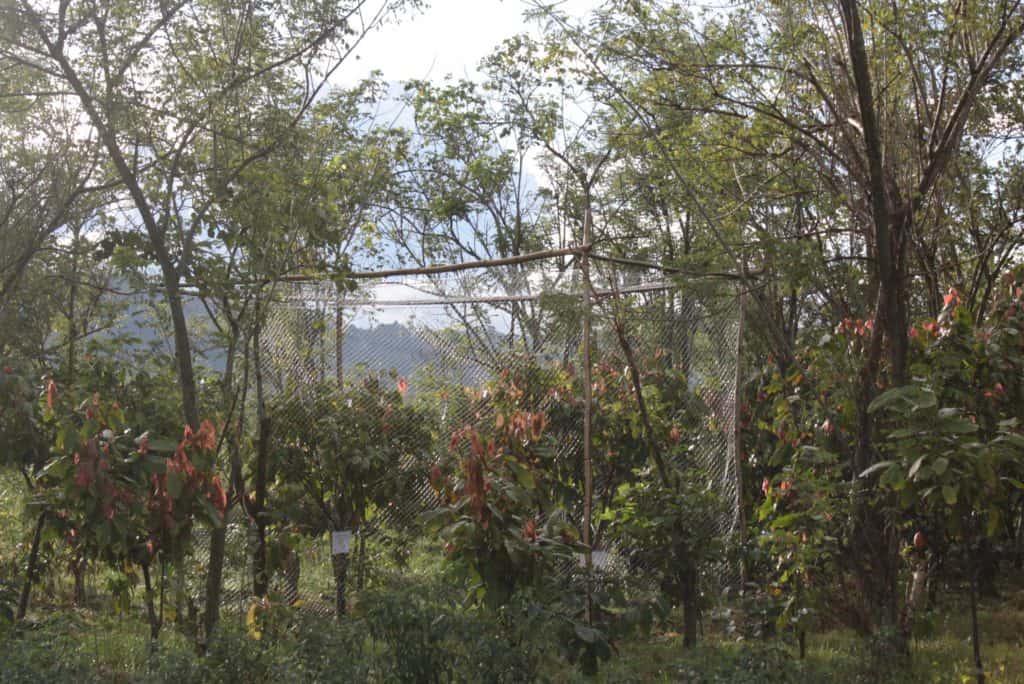
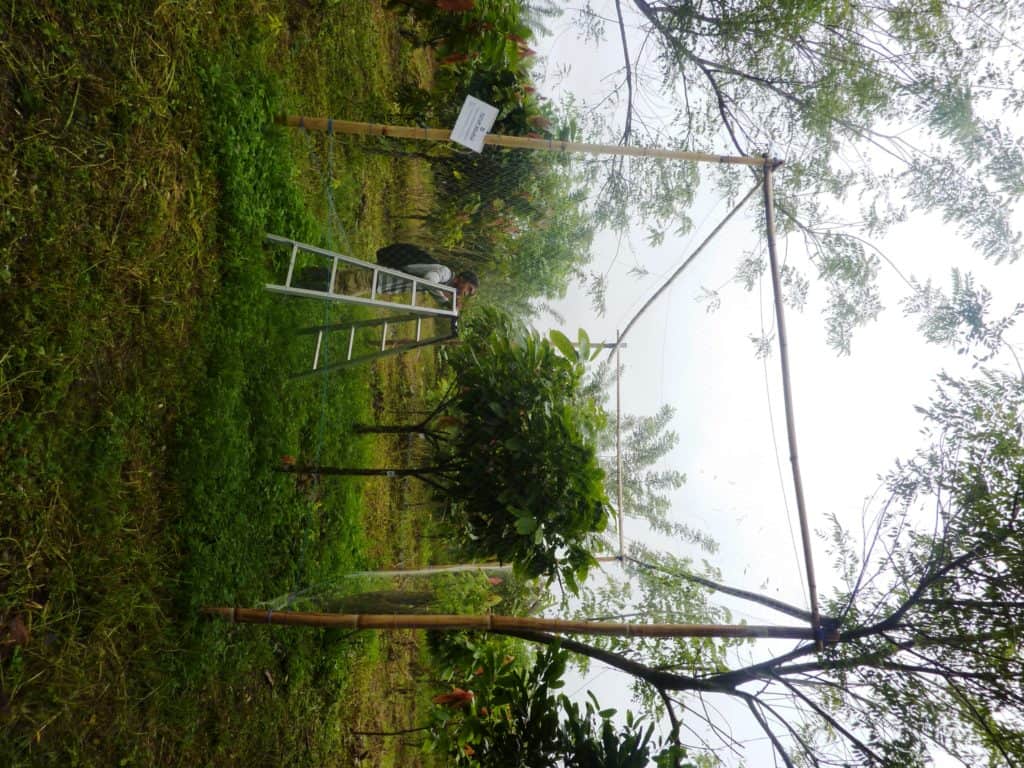
When closed, all bat and bird species were excluded, but arthropods were allowed entry, including large spiders, butterflies, and moths. The exclosures were opened and closed like curtains, daily at 5:30 am and at 6:30 pm for 15 continuous months. Using standardized systems, all arthropods were counted and digitally photographed daily and nightly, and cacao damage was documented every two weeks. More than 70,000 fruits were examined, including over 4,000 ripe, harvested fruits.
When Bea extrapolated the economic impact of bats saving growers an estimated 520 U.S. dollars per hectare across 1.5 to 1.6 million hectares of cacao, this value translated into savings of 780 to 832 million U.S. dollars annually! It is important to note that studied plantations were in or near natural vegetation. Without this biodiversity balance, such impressive savings likely would not have been possible.
She calculated the separate value of bats when quizzed about it after appearance of the original paper in Ecology Letters. Bats accounted for 22 percent, birds 9 percent, of savings (Maas et al. 2018, p 62). The economic extrapolations from these numbers are from her personal communication.
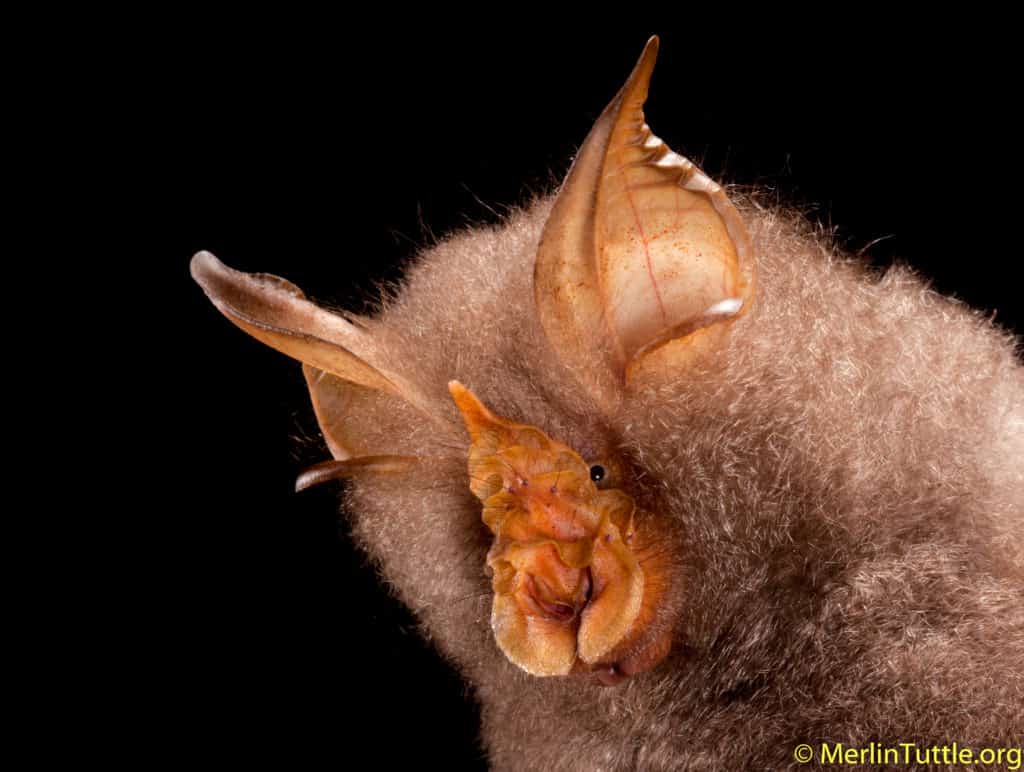
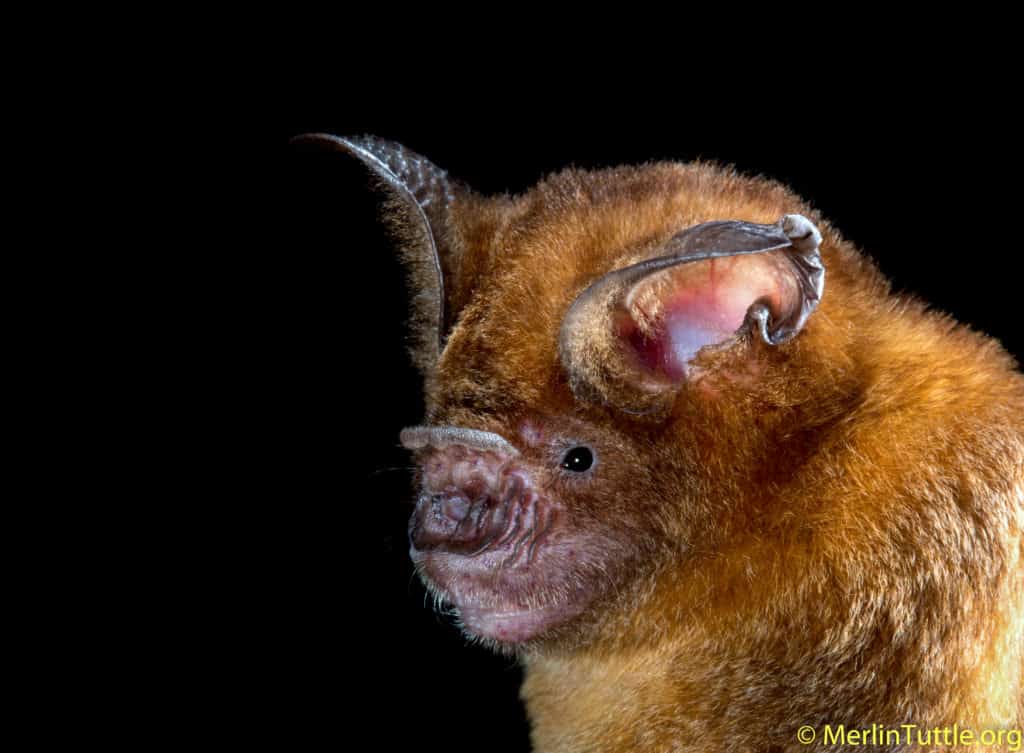
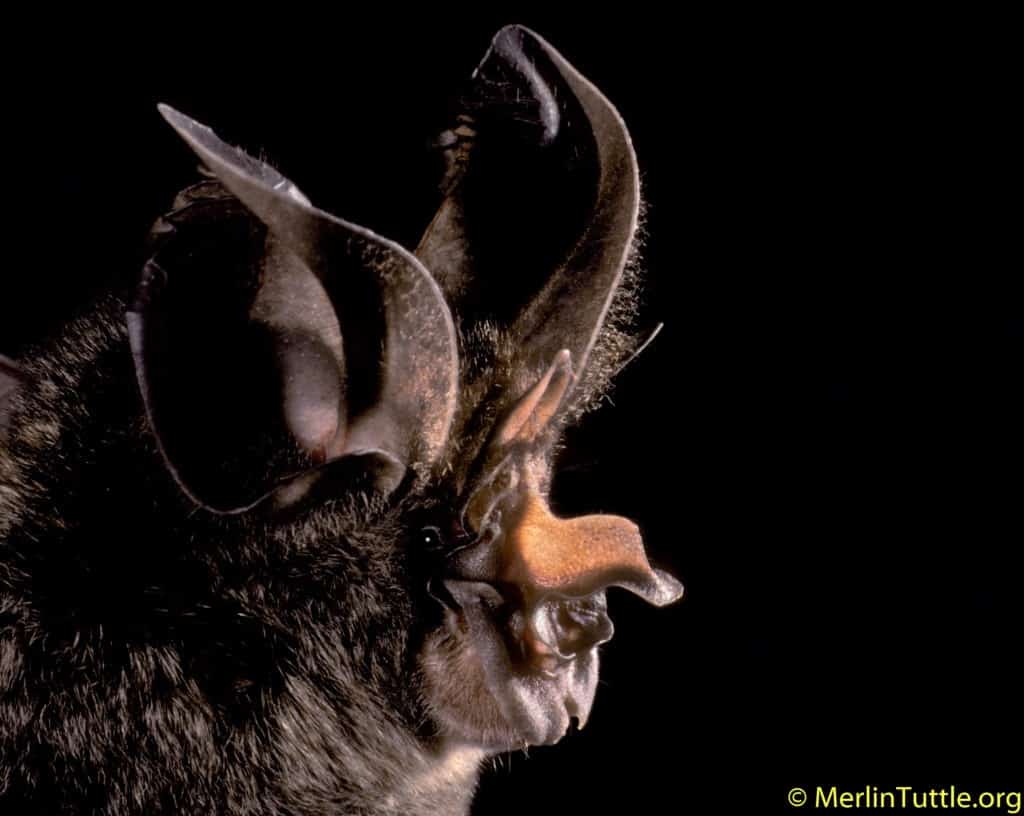
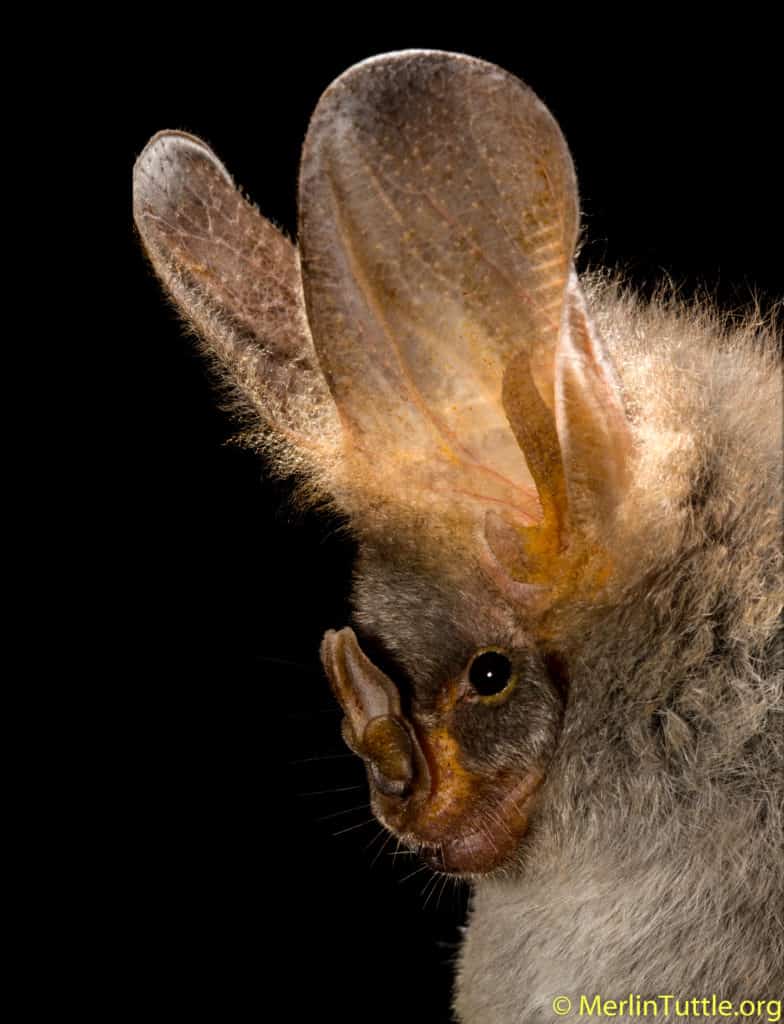
References
Love our content? Support us by sharing it!
On warm summer evenings, as the hum of insects fills the air, it’s common to hear someone exclaim, “We could use some bats to handle
An important new study, recently published in Science and widely covered by major newspapers like The Guardian, The Washington Post, and The New York Times, has
It’s summertime (in the Northern Hemisphere) and the evening skies are alive with activity. As the sun sets, bugs are flying around and bats are
How hot is too hot? When it comes to bats and their ideal roosting temperatures, striking the right balance is crucial. We know that bats
2024 © Merlin Tuttle’s Bat Conservation. All rights reserved.
Madelline Mathis has a degree in environmental studies from Rollins College and a passion for wildlife conservation. She is an outstanding nature photographer who has worked extensively with Merlin and other MTBC staff studying and photographing bats in Mozambique, Cuba, Costa Rica, and Texas. Following college graduation, she was employed as an environmental specialist for the Florida Department of Environmental Protection. She subsequently founded the Florida chapter of the International DarkSky Association and currently serves on the board of DarkSky Texas. She also serves on the board of Houston Wilderness and was appointed to the Austin Water Resource Community Planning Task Force.
Michael Lazari Karapetian has over twenty years of investment management experience. He has a degree in business management, is a certified NBA agent, and gained early experience as a money manager for the Bank of America where he established model portfolios for high-net-worth clients. In 2003 he founded Lazari Capital Management, Inc. and Lazari Asset Management, Inc. He is President and CIO of both and manages over a half a billion in assets. In his personal time he champions philanthropic causes. He serves on the board of Moravian College and has a strong affinity for wildlife, both funding and volunteering on behalf of endangered species.